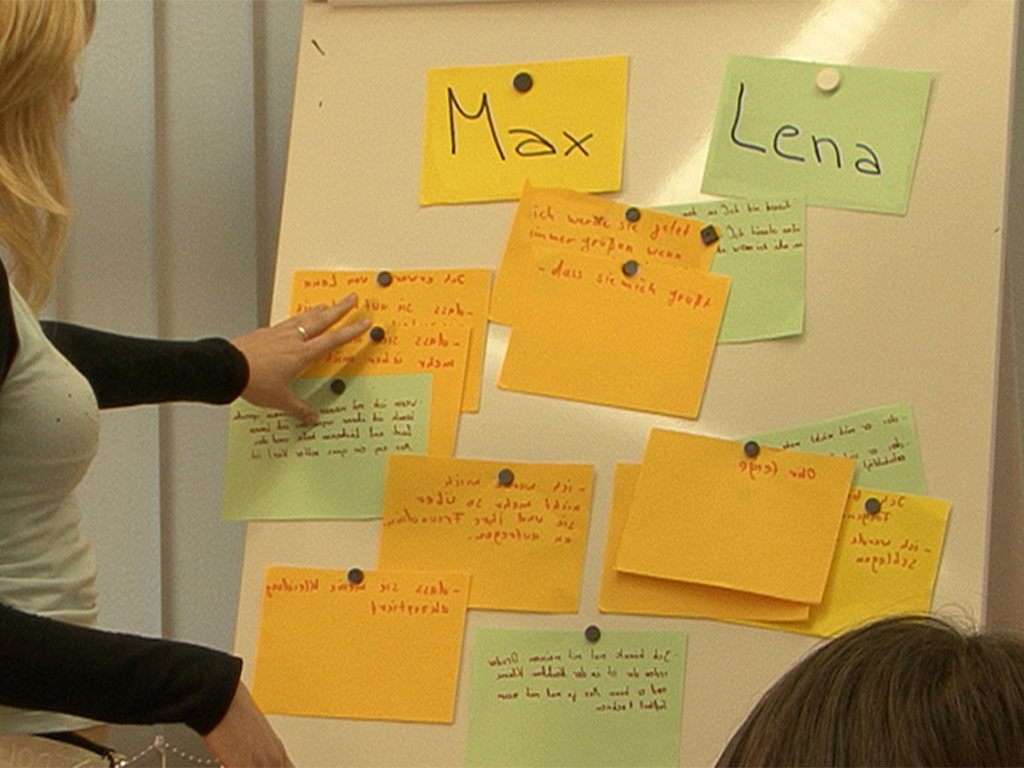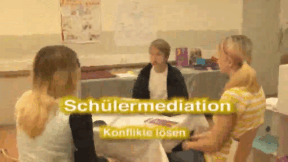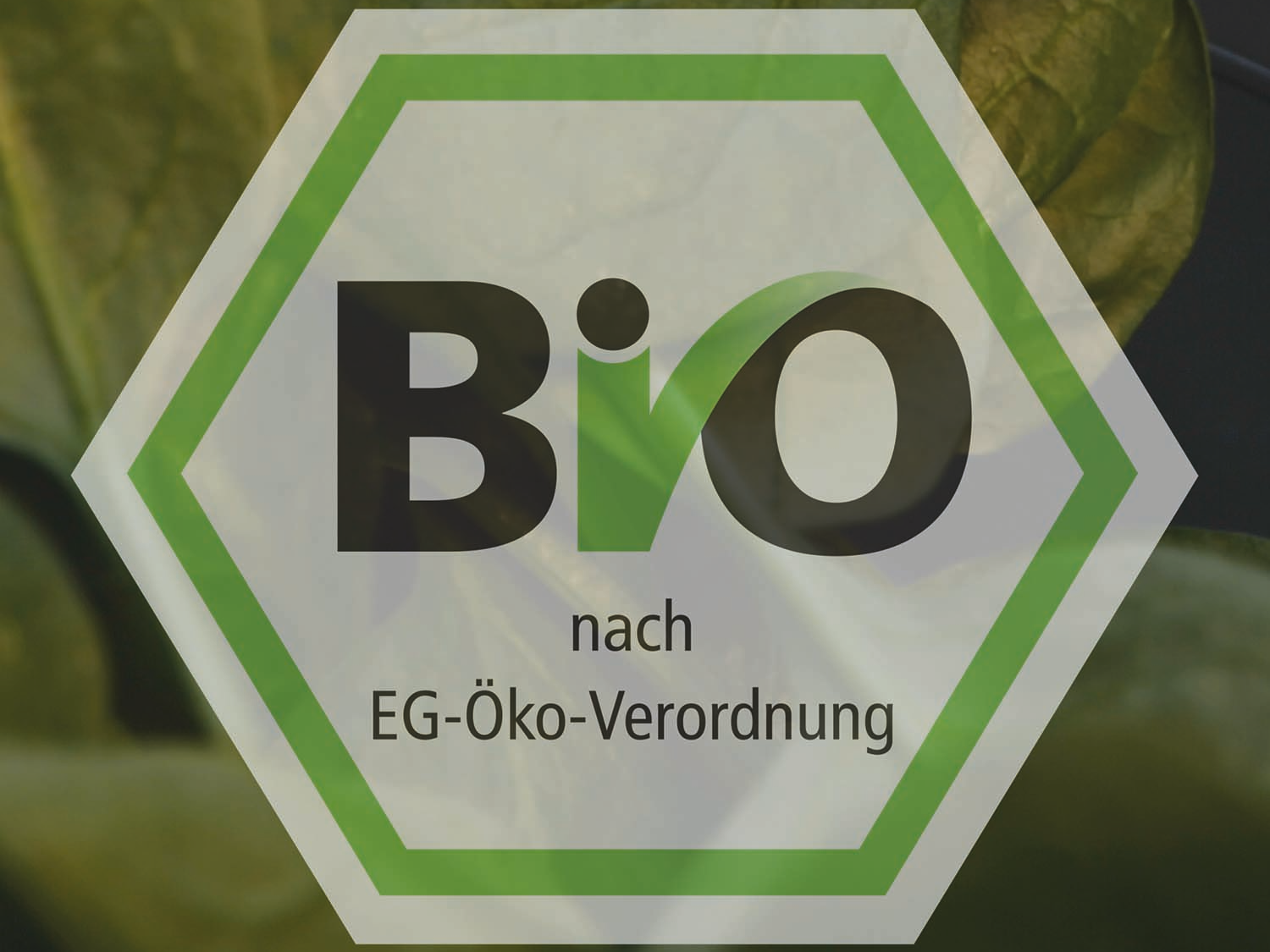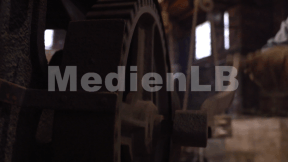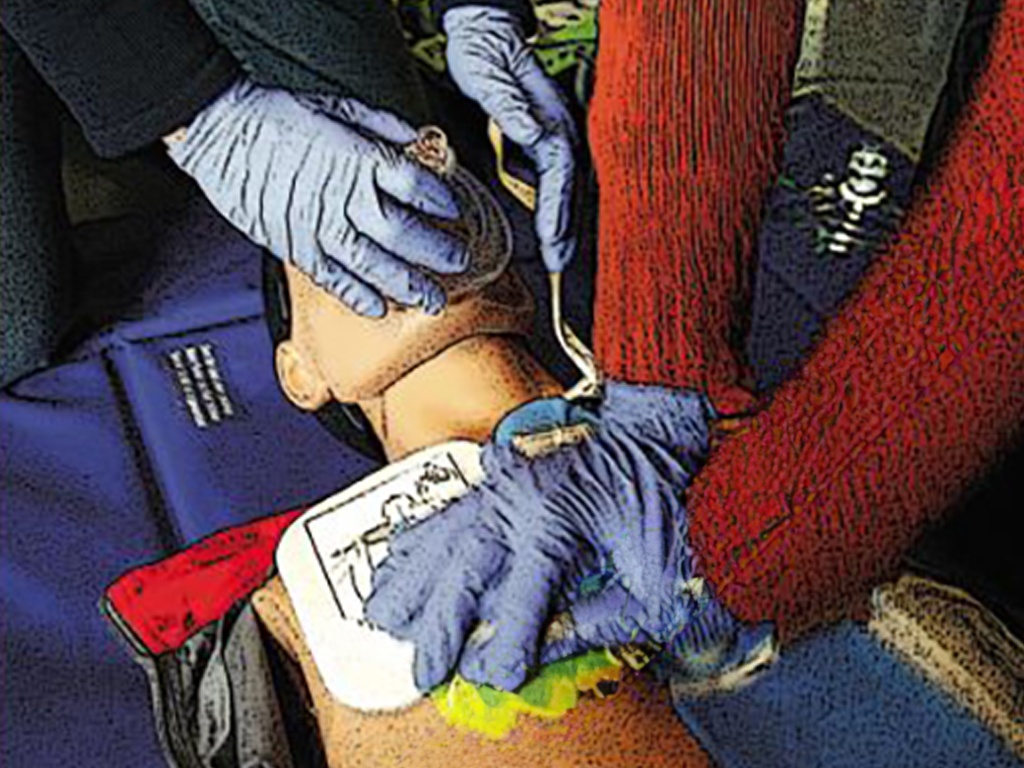 History
History
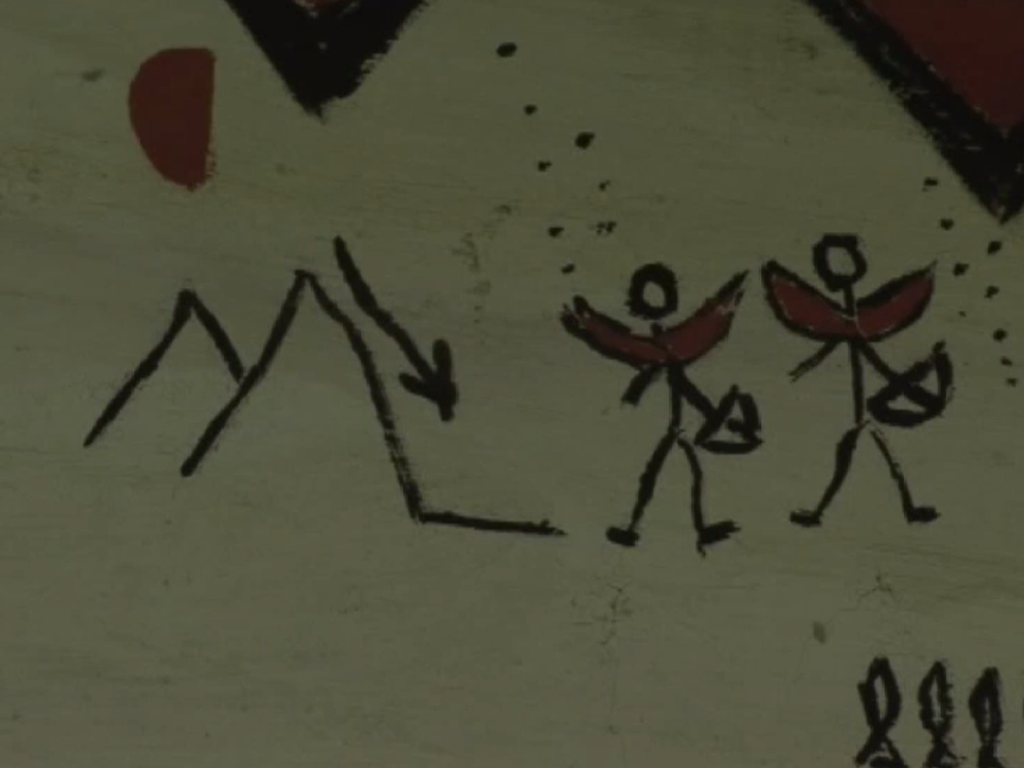
4662990 / 5553324
Stone Age
Evolution of Mankind
About 2,606,000 years ago, that is 52,120 generations before us, the first and at the same time longest period of human history began - the Stone Age. The film provides an overview of life during the Palaeolithic, the Mesolithic and the Neolithic. We get to know the various decades and the typical human ways of life resulting from them. The development from nomads, who were hunters and gatherers, up to sedentary humans who lived in small village communities is vividly described. We learn that already the early Stone Age people possessed an understanding of art, buried their dead, and see the significant advancement of their weapons and tools. Terrific diagrams convey an idea of the appearance of Stone Age animals and allow us to delve into the world of our ancestors.
Play trailer
Curriculum-centred and oriented towards educational standards
Matching
Peer Mediation
Lena and Max attend the 7th form. Max is new in class. During a break, Max notices that Lena and her friend are laughing at him again. Max loses his temper! He slaps Lena in the face. That hurts and Lena runs back into the classroom with a red cheek. The growing conflict between the two has escalated. Just like Lena and Max, every day pupils all over Germany have rows with each other. At the Heinrich Hertz Gymnasium in Thuringia, pupils have been trained as mediators for years. At set hours, they are in a room made available by the school specifically for mediation purposes. The film describes the growing conflict between Max and Lena and shows a mediation using their example. In doing so, the terms “conflict” and “peer mediation” are explained in a non-technical way. The aims of peer mediation and its progress in five steps as well as the mediators’ tasks are illustrated. The art of asking questions and “mirroring”, which the mediators must know, is described and explained. Together with the comprehensive accompanying material, the DVD is a suitable medium to introduce peer mediation at your school, too.
Seal of approval
Quality seals such as the "Bio-Siegel", "Blauer Engel", "Stiftung Warentest" and up to 1,000 other seals represent characteristics such as sustainability, health or safety with regard to a product, a service or even a company.




